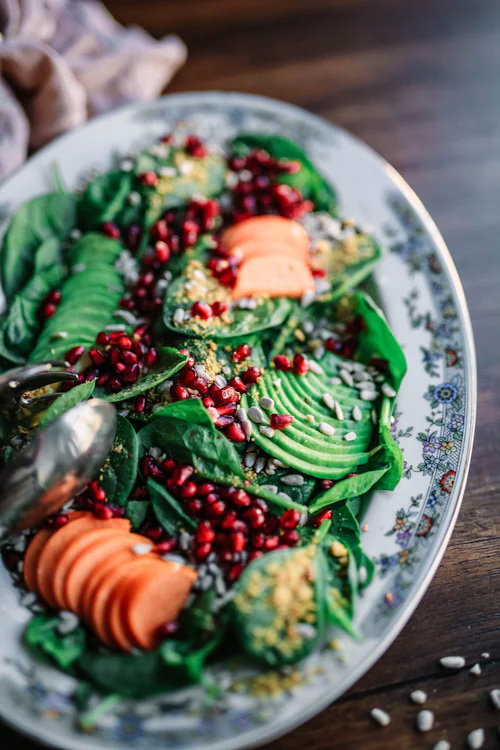It is a well-known fact that heart diseases and excess body weight are related. Obesity, heavy alcohol consumption and lack of activity are the main factors causing high blood pressure. Too much body fat leads to an increased risk of health problems through clogging the blood vessels with cholesterol. That is why the successful treatment of high blood pressure starts with following a diet specifically aimed at reducing high blood pressure.
If you already have high blood pressure, you cannot reverse it to low permanently. Instead, you can control your high blood pressure by taking a prescribed medication and amending your diet. Research has shown that a high blood pressure diet can effectively prevent blood pressure from rising above normal.
Today, most of our meals still contain more fat than the government recommends, and most of the vending machines and fast-food options do not meet the nutritional standards set by the U.S. government. With fast-food snacks available at every corner, it’s often hard to switch to a healthy diet.
High blood pressure diets are designed to decrease sodium, increase potassium, and lessen calories. This way you will maintain a reasonable weight. This diet consists of foods that are delicious and low in fat such as whole grains, fruits, vegetables, low-fat dairy products and lean proteins.
Here are some simple tips to help you follow your high blood pressure diet guidelines:
1. Make sure you eat a healthy breakfast. Eating in the morning will increase your energy and will help you avoid snacks before lunch. A quick breakfast can be as easy as a bowl of cereal, a slice of whole-wheat toast, cereal bar or fresh fruit.
2. When following your high blood pressure diet, your daily food intake must include foods from five food groups:
Protein: Eat meats that are lower in fat, such as chicken, turkey, tuna, or low-fat luncheon meats. Make salads with a low fat meat or vegetables and light salad dressing.
Grains: Always try eating a whole wheat version of your favorite bread, be it a loaf, a bagel or a roll.
Vegetables: Eat tomatoes, peppers, baby carrots and other colorful vegetables as many as you like. The brighter the vegetable, the more antioxidant vitamin A it contains.
Fruits: Fruits should be eaten fresh. Fruit has fiber and healthy calories, and you will want to eat less during the day. Juice has fructose which fills up with energy. That’s why juice should become a part of a healthy breakfast along with a cereal.
Dairy: Try low-fat or non-fat milk, non-fat chocolate milk, and low-fat cheese. Basically, any type of cottage cheese or yogurt goes well with fruit.
If you want to avoid facing complicated and often life-threatening consequences of high blood pressure, you may want to ensure that you and your family eat healthy meals that don’t pack on the pounds and rise your cholesterol.
Emphasizing healthy food choices can help you enjoy your meals without excessive fat, sugar, and calories. Healthy food choices can be a carry-over from healthy menu and meal planning at home while managing your high blood pressure with diet.
Switching to a diet without excessive fat and salt and staying fit will help you loose weight and can help prevent or at least delay heart-related problems. Along with monitoring and medication treatment, a high blood pressure diet can help control your blood pressure and reduce your risk of stroke, kidney and heart failure and heart attack.
See your doctor before making any diet or lifestyle changes.























